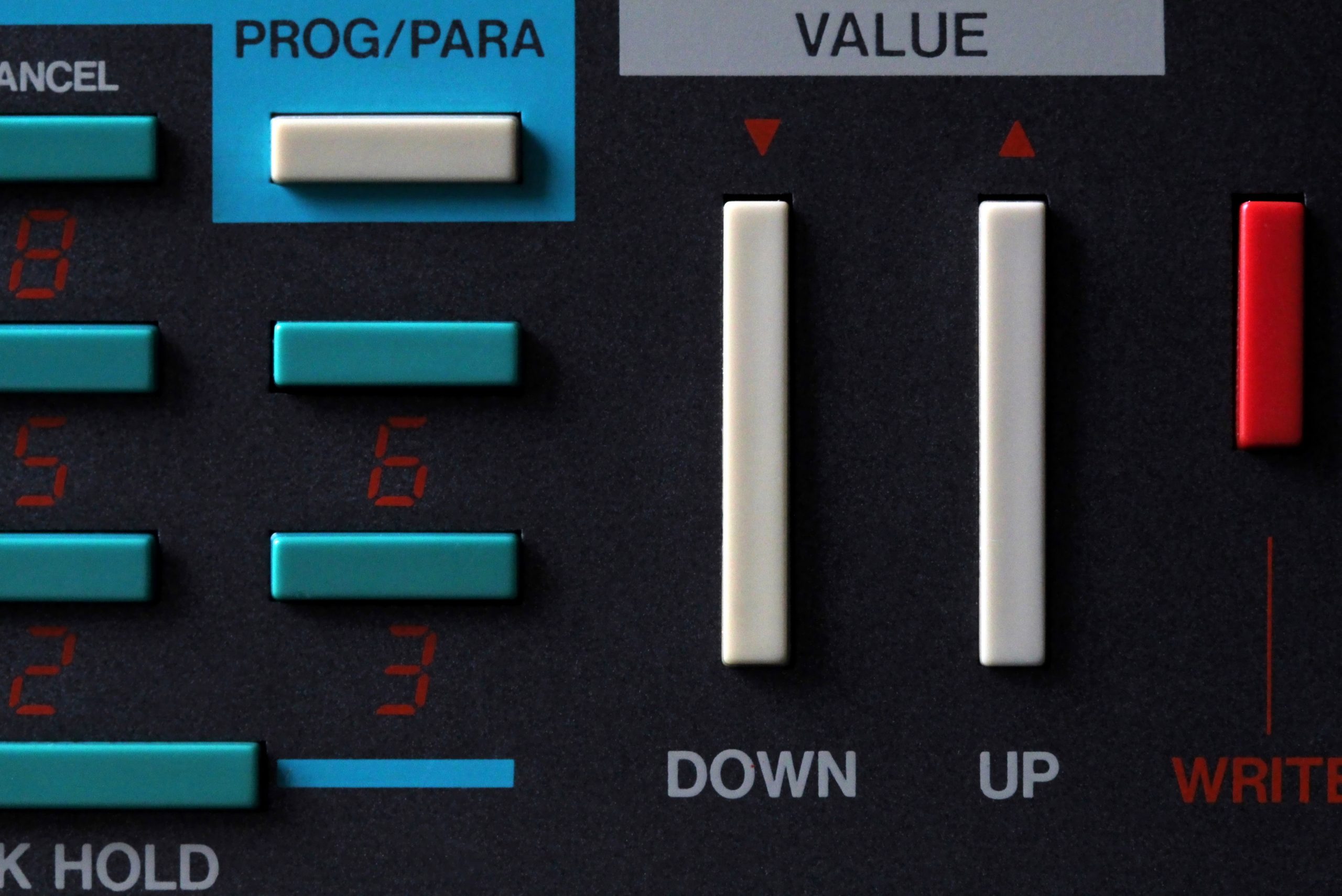When a project’s scope is initially being mapped out, chances are that the team will be feeling optimistic. Nobody starts a project thinking the worst, in fact, at the beginning most will think of only the benefits the project can bring to the table, and rightly so. A team should always believe in their project from the outset. However, things can turn sour, especially when the project drags out and its costs begin to rise.
Value creep is the inherent enemy of every long project. It is when the benefits of your project start to spiral downwards while the costs climb. The project may have gotten off to a fantastic start but has now reached a position where it begins to stall. Most project managers will feel hot under the collar once they start to see the benefits tailing off. And believe us when we say that it happens more often than you think.
The value of a project is defined as what has been gained after the costs have been detracted from the benefits. However, not all projects are so straightforward, and not all criteria will be so simply set out. In order to truly create a buffer between your project and any value creep, it’s critical to set out the definition of the success criteria at initiation stage. It is also imperative that you define HOW you will measure such success criteria and WHEN you will measure it.
Here at Luminate, we have put together some further sure-fire ways to make sure that your team avoids the dreaded value creep.
1. Don’t make plans for the long game. Aim for shorter duration projects which have been found time and time again to be more successful. This is even more the case where there is a potential of faster realisation of benefits. Ultimately, short-duration projects keep stakeholders’ interest and support high. A loss of interest in the project, and there’s a high chance that the team will begin to experience fatigue and burnout.
2. Break the project into manageable chunks. This is particularly important if the project is unavoidably longer than desired. By setting smaller milestones, support and enthusiasm can be kept high when meeting each milestone, with the satisfaction of completion seen as attainable. This can also help to keep the focus on delivering customer value as early as possible in the project.
3. Use value to position the project outcome. Those aforementioned manageable chunks will be much more efficient and effective if they are measured and prioritised according to the business requirements and the merits of success afforded to each chunk.
Every project is unique, and every project’s objective will be different. This brings us back in a full circle to making sure that the criteria of success have been defined from the beginning. Whether that success is relative to net revenue or reduced stock level, or in general terms such as a happier workforce or gaining a competitive advantage, you need to revisit and re-establish the success criteria.
4. And finally, allow your team to refresh. Don’t burn them out by continuously overworking them. You want your team to work with you and you want them to WANT to work with you. Nothing quite calls the failing of a project, like the failing of team spirit.
Overall, your project can be successful. Even if you are in the throes of value creep, it’s not too late to turn it around and revive the project. Our experienced team have seen this time and time again, and we can help you to successfully navigate your project back on the right track.


